23700 lysozyme_like superfamilyThalassiosira pseudonana
| Chromosome | Product | Transcript Start | End | Strand | Short Name | |
|---|---|---|---|---|---|---|
| 23700 | chr_8 | lysozyme_like superfamily | 274000 | 278109 | - | lysozyme_like superfamily |
| NCBI ID | Ensembl Genomes exon ID |
|---|---|
| 7443476 | Thaps23700.3, Thaps23700.2, Thaps23700.1, Thaps23700.6, Thaps23700.4, Thaps23700.5, Thaps23700.7 |
| Expression Profile | Conditional Changes | Cluster Dendrogram | Discovered Potential cis-Regulatory Motifs |
|---|---|---|---|
Thaps_hclust_0459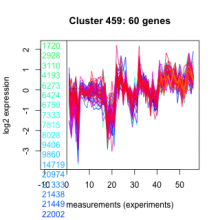 |
 |
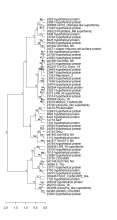 |
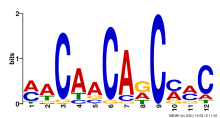   |
| Normalized Mean Residue | Discovered Potential cis-Regulatory Motifs | |
|---|---|---|
|
Thaps_bicluster_0115 |
0.37 |
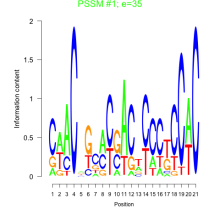 35 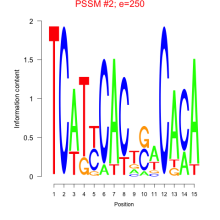 250 |
| KEGG description | KEGG Pathway |
|---|---|
| Not available | Not available |

Add comment